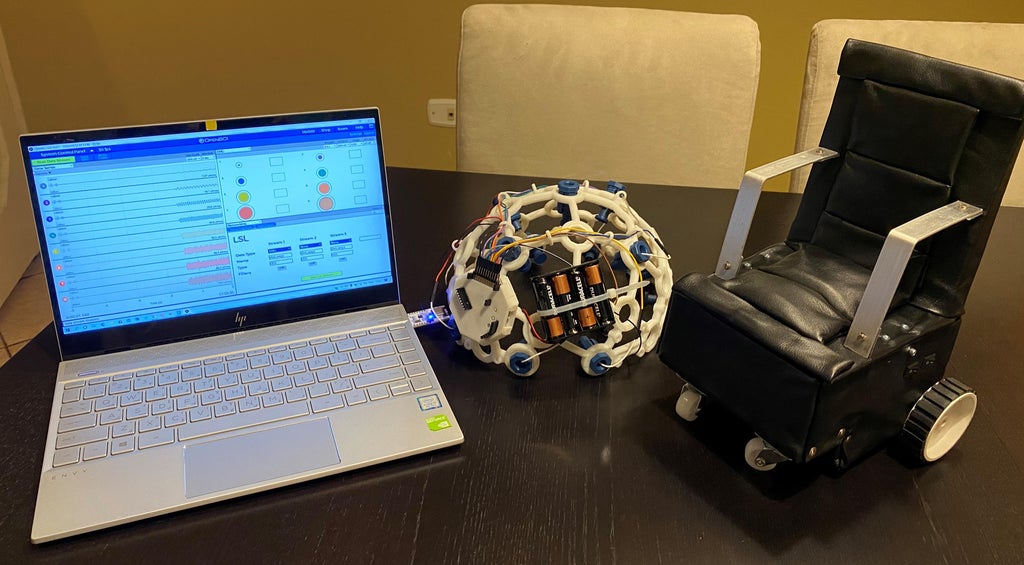25

In an effort to help provide paralyzed patients with an easier way to operate their wheelchairs, these makers have developed a system that uses an OpenBCI brainwave cap to collect electroencephalogram (EEG) and electromyography (EMG) signals, literally from a user’s head. Data is then sent to a PC running OpenBCI software and passed along to an Arduino Uno via Bluetooth for control.

The project is outlined in its Instructables post, starting off with four controlling four LEDs and progressing to a simple two-wheel drive vehicle. From there, a rather impressive model of a wheelchair was constructed, and moved in much the same way.
You can see it in action, starting at around 4:30 in the video below.




